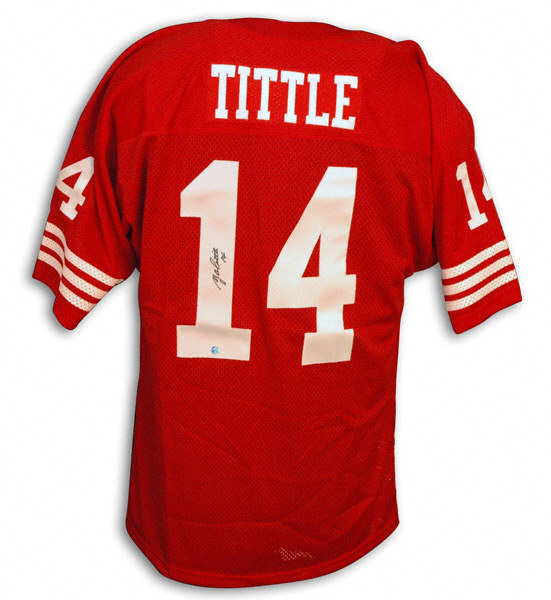Tittle

You’ll find one in both the White House and at the Taj Mahal. You won’t find any in New York, but there’s one in Connecticut. Tanks have none; jet fighters? Two. You’ve known about tittles since grade school but probably never knew they had a name. They’re dots, after all — occasionally omitted ones at that.
Yes, the dots over the lower case letters “i” and “j” are called “tittles.”
The word is derived from the Latin “titulus,” which means “heading” or “inscription.” The tittle’s original use helps us understand the need for these dots. Found in manuscripts dating back to the 11th century, tittles were first used to differentiate “i”s and “j”s from errant or stylized stroke marks made by the scribe in forming other letters. While the dots have been rendered mostly obsolete — in English, at least — by more modern typefaces, handwriting is always a concern. Also, tittles are fundamental to the Turkish alphabet, as an “i” without a tittle is a different letter than one with, as seen here.
We are probably stuck using the dot, but its name is almost never used in modern parlance. That said, the word “tittle” likely does have a role in idiomatic use. The phrase “to a T” — meaning to fit with precision — is likely derivative of “to a Tittle,” with the dot above our “i”s and “j”s lending their exactitude to the phrase’s meaning.
Bonus fact: There are a lot of things that have names, even if you never thought they did. Another one? The tiny, typically plastic or metal encasings around the end of shoelaces. Those are called “aglets.”
From the Archives: And, the 27th Letter of the Alphabet: How the ampersand (&) got its name.
Related reading: “Why Is Q Always Followed By U?” by Michael Quinion, author of the article linked above (“to a Tittle”). One five star review. Available on Kindle.

Leave a comment